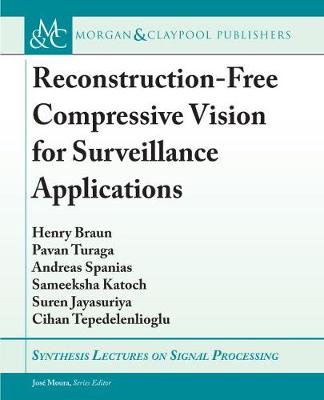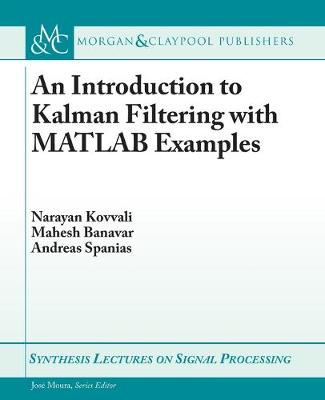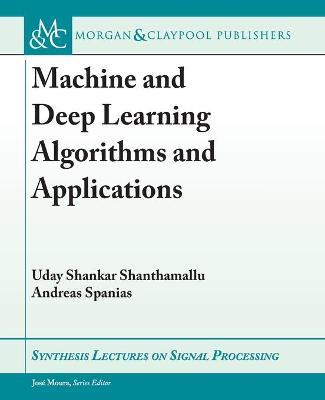Synthesis Lectures on Signal Processing
3 total works
Exploiting CS allows the creation of new types of high-performance sensors including infrared cameras and magnetic resonance imaging systems. Advances in computer vision and deep learning have enabled new applications of automated systems. In this book, we introduce reconstruction-free compressive vision, where image processing and computer vision algorithms are embedded directly in the compressive domain, without the need for first reconstructing the measurements into images or video. Reconstruction of CS images is computationally expensive and adds to system complexity. Therefore, reconstruction-free compressive vision is an appealing alternative particularly for power-aware systems and bandwidth-limited applications that do not have on-board post-processing computational capabilities. Engineers must balance maintaining algorithm performance while minimizing both the number of measurements needed and the computational requirements of the algorithms. Our study explores the intersection of compressed sensing and computer vision, with the focus on applications in surveillance and autonomous navigation. Other applications are also discussed at the end and a comprehensive list of references including survey papers are given for further reading.
An Introduction to Kalman Filtering with MATLAB Examples
by Narayan Kovvali, Mahesh Banavar, and Andreas Spanias
Machine and Deep Learning Algorithms and Applications
by Uday Shankar Shanthamallu and Andreas Spanias
The machine learning paradigms presented can be broadly divided into the following three categories: supervised learning, unsupervised learning, and semi-supervised learning. Supervised learning algorithms focus on learning a mapping function, and they are trained with supervision on labeled data. Supervised learning is further sub-divided into classification and regression algorithms. Unsupervised learning typically does not have access to ground truth, and often the goal is to learn or uncover the hidden pattern in the data. Through semi-supervised learning, one can effectively utilize a large volume of unlabeled data and a limited amount of labeled data to improve machine learning model performances. Deep learning and neural networks are also covered in this book. Deep neural networks have attracted a lot of interest during the last ten years due to the availability of graphics processing units (GPU) computational power, big data, and new software platforms. They have strong capabilities in terms of learning complex mapping functions for different types of data. We organize the book as follows. The book starts by introducing concepts in supervised, unsupervised, and semi-supervised learning. Several algorithms and their inner workings are presented within these three categories. We then continue with a brief introduction to artificial neural network algorithms and their properties. In addition, we cover an array of applications and provide extensive bibliography. The book ends with a summary of the key machine learning concepts.


